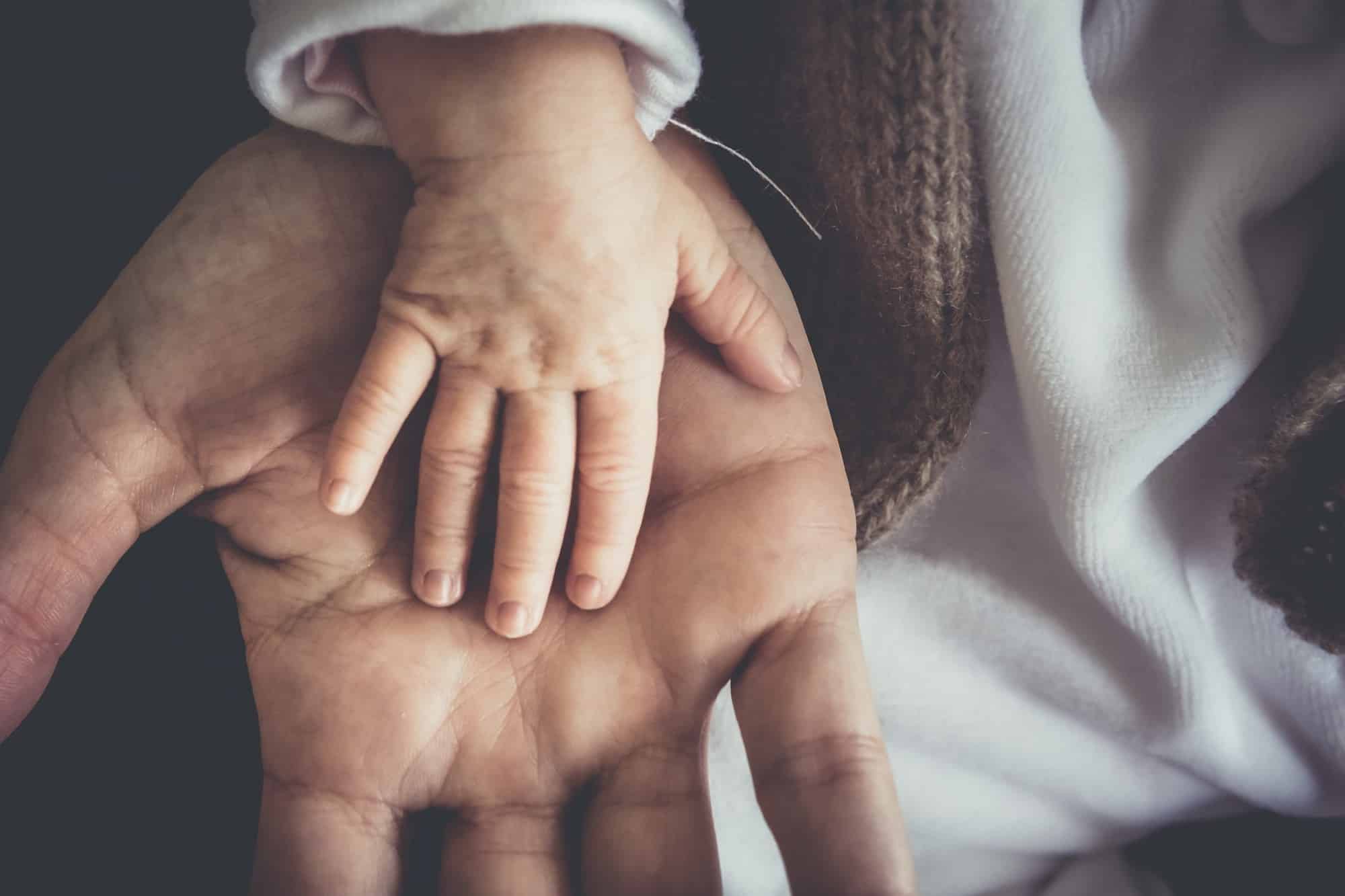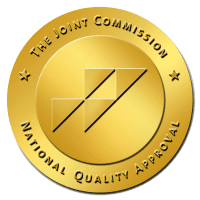You’ve heard it said that children are resilient, and that might be true to a degree. Yet, when the youngest among us are expected to shoulder burdens that no one should be asked to bear, those situations and circumstances can leave a lasting impression.
According to the Centers for Disease Control and Prevention (CDC), one in six adults has experienced four or more types of adverse childhood experiences, or ACEs. The CDC also explains that preventing ACEs could reduce the number of adults suffering from depression by up to 44%.
Healing childhood trauma is possible, but it’s not always a straightforward or simple path. If you’re a young adult looking for ways to repair and move beyond the hurt you experienced years ago, read on. Today, we’re sharing a guide to help you get started.
Step 1: Name It
For many people, their childhood trauma is simply too difficult to discuss. Understandably, it’s incredibly painful to revisit those moments in your mind. In fact, some victims of traumatic, stressful, or distressing events can even experience a condition known as dissociative amnesia, where their mind tries to block out memories to protect them.
If possible, one of the first steps toward recovering from your trauma and reclaiming your mental health is to name the situation that you experienced. There are many different kinds of traumatic events that you might have been exposed to as a child, such as:
- Domestic violence in your home
- Sexual abuse
- Physical abuse
- Verbal abuse
- Emotional abuse
- Racism
- LGBTQIA+ discrimination
- Neglect
- Violence in your community, neighborhood, or school
- Natural disasters (e.g. fire, hurricane, earthquake, tornado)
- Military events (e.g. parental deployment, injury, death)
- Violent or sudden loss of a loved one
These are only a few of the types of childhood trauma you may have encountered. Before you move on to your next phase of trauma therapy, it’s helpful to put a name to your pain. If you’re not ready to talk about it with a therapist or counselor, consider confiding in a trusted friend or family member.
Step 2: Recognize the Signs
Some people don’t know that their everyday behavior is actually a type of trauma response. There could be actions or thoughts that you experience every day but haven’t yet connected with something difficult that happened in your past.
While these signs can be different for each person, there are some common signs of trauma that many adults share. Let’s take at a few of them below.
Difficulty Forming Healthy Relationships
Do you find it difficult to let someone in? If you’re healing from trauma, you may find that you interact with others in ways that can be considered unhealthy.
For instance, if you were neglected as a child, you may unconsciously believe that you’re not worthy of a relationship built on healthy, mutual love and respect. You might think that you don’t deserve that type of safe, unconditional affection. Unfortunately, adults you once trusted might have established those beliefs in you at an early age.
As a result, you might stay in a relationship with someone even if your partner neglects, abuses, or mistreats you. In your mind, you may think that’s the type of treatment you merit.
Depression and Anxiety
Childhood trauma can lead to a host of mental health risk factors, including depression and/or anxiety. Often, these two disorders will appear at the same time. You may experience bouts of extreme sadness, along with a racing mind and heart.
Alone or together, these conditions can make you feel isolated and discouraged. They can also lead to substance abuse, which may mask their symptoms for a short while but ultimately exacerbate them. If you’re struggling with anxiety or depression, it’s important to seek help from a mental health professional.
Hypervigilance
Hypervigilance can affect anyone, though it’s most common in adults who suffered a sudden, violent event as a child. If this happened to you, then you might feel under the constant threat of attack. You might think that something is lurking around every corner, waiting to hurt you like you were hurt before.
As such, you might perform certain actions, such as checking every door before you go to bed at night. Or, you may avoid certain actions or situations, such as walking alone to your car at night. New environments might intimidate and scare you, and even meeting someone for the first time can make you fearful.
Post-Traumatic Stress Disorder
Post-Traumatic Stress Disorder (PTSD) is considered a mental health disorder and is specifically categorized as an anxiety disorder. It can affect anyone at any age, including children. If you’ve lived through a traumatic event, you may still exhibit signs of PTSD as a young adult.
Flashbacks are especially common among PTSD sufferers. You might remember the event at sporadic times during the day, or suffer from nightmares about it when you’re asleep. You may also suffer from panic attacks and behavioral changes.
Often, individuals with PTSD will go to great lengths to avoid thinking about the distressing event or events they experienced. This can lead to unhealthy behaviors, including substance abuse.
Step 3: Be Gentle With Yourself
As you prepare to enter into a more structured therapy program, be aware of the words and phrases you use to describe yourself, whether you’re listening to that little voice in your mind or talking about your situation with others.
You might feel tempted to say things like, “What’s wrong with me?” or “Why can’t I just move past this?” You can’t always control these thought patterns, but they can keep you stuck in a negative cycle of hopelessness, despair, and depression.
As much as possible, try to reflect on your inner child, who is still very present within your spirit. Try to speak tenderly to them, and give them grace and love as you take the next step toward healing.
Step 4: Find a Therapy Program
When you’re ready to enroll in a therapy program to help you address and overcome your childhood trauma, you’ll discover that there are a few different options to consider.
Cognitive Behavioral Therapy
Cognitive behavioral therapy (CBT) focuses on finding the deeper meaning behind behaviors. Therapists who specialize in CBT seek to help patients understand the thoughts and feelings that inform they way they act. This approach typically uses talk therapy to help patients work through their current problems and symptoms.
In this case, your therapist might try to uncover the patterns that your brain has created to help you survive. This can help you understand why you’re leaning toward certain actions or feelings. Then, you can learn healthier ways to cope with your emotions and find balance.
Cognitive Processing Therapy (CPT)
Within the umbrella of CBT, there’s a specific type of therapy called cognitive processing therapy (CPT). This form of therapy is closely focused on thought patterns and the way they link back to past trauma.
During your sessions, your therapist might explore some of the automatic thoughts you’re experiencing, or how your unhelpful thinking is keeping you in a cycle of despair. The notion behind this approach is that by altering the way you think about your situation, you can also affect how you feel.
Psychodynamic Therapy
While CBT and CPT are focused on your active mind, psychodynamic therapy (PT) is concerned with your unconscious mind. By diving deep into your psyche, your therapist may try to understand where you’re still holding onto the trauma, and what it means to your life.
This type of therapy examines the upsetting thoughts, feelings, and urges that might be too painful for you to consciously acknowledge
Prolonged Exposure Therapy
If your trauma therapy has led to PTSD, your therapist might suggest prolonged exposure therapy to help you work through those recurring thoughts and memories. This type of therapy can include two different approaches: vivo and imaginal exposure.
With vivo exposure, patients are gently exposed to stimuli that reminds them of their trauma. With imaginal exposure, they’re simply asked to reflect upon the memory of the event. The goal of both exercises is to carefully awaken PTSD symptoms so the patient can learn how to approach them in a safer and healthier way.
Narrative Exposure Therapy (NET)
When you look back upon your childhood, the main event that might stick out to you is the trauma you had to live through. With NET, you’ll carefully examine your past through a more comprehensive lens, creating a chronological narrative of your life.
As you do, you’ll explore both the positive and negative memories that arise. These exercises can help you form a more complete sense of identity and reduce your association with your painful memories.
Healing Childhood Trauma Starts Here
If you’re still feeling the aftershock of a traumatic event you suffered years ago, you’re not alone. You don’t have to stay trapped in a vicious cycle of negative thoughts and frustrating behaviors that limit your quality of life.
At Purpose Healing Center, we provide a variety of treatment programs designed to help you find the help you need. If you’re ready to start healing childhood trauma, we’re here for you. To learn more and find a location near you, contact us today!



